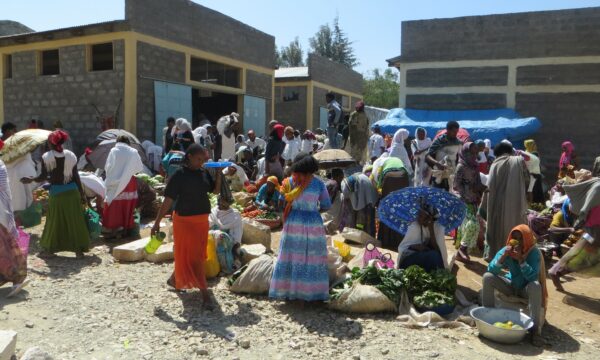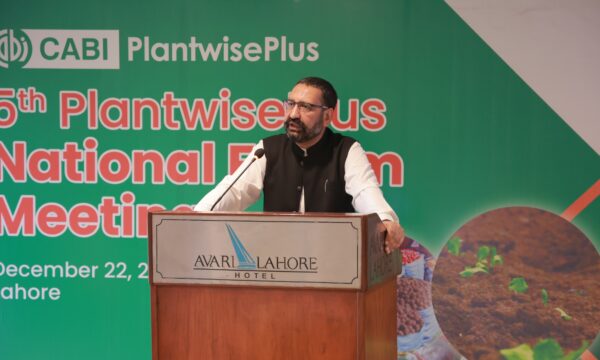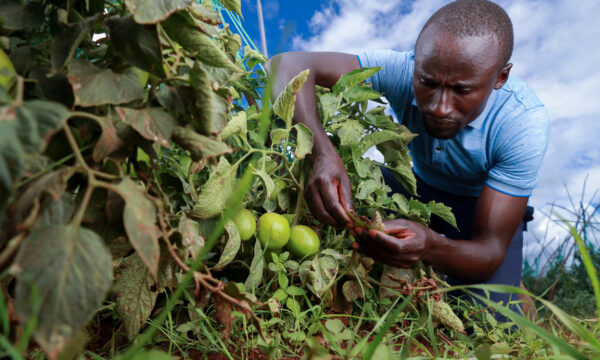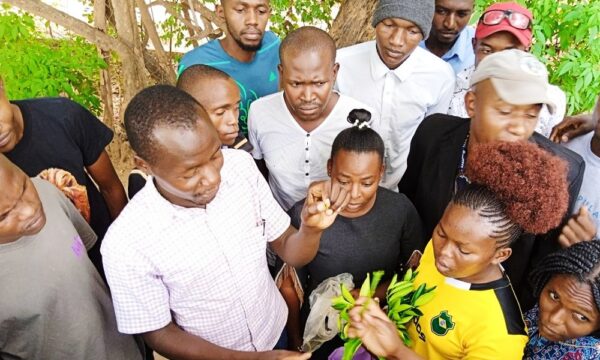Members of the banana family could become a vital food source for millions in developing countries, a new report suggests. The report was written by the Consultative Group on International Agricultural Research (CGIAR) after a request was made by the United Nations Framework Convention on Climate Change (UNFCCC). CGIAR looked at the effect of climate change on the 22 most important agricultural commodities then suggested a number of crops which may take over as key nutritional providers in the future.
4 of the most important crops, in terms of calories supplied, will be hard hit by the changes in climate. Yields of maize, rice, wheat and potato are all predicted to decrease as temperatures rise and water supplies become increasingly unpredictable. This doesn’t have to mean a shortage of food though. Bruce Campbell, who works on a CGIAR initiative to improve food security, told BBC News that farmers are willing to shift their agriculture in response to the climatic changes. This means, amongst other changes, a different selection of crops grown. This in turn will affect the pricing of certain foods and could dramatically alter people’s diets.
Plantains, which are much starchier than regular bananas, are suggested as a good alternative to potatoes, which prefer colder climates for growth. Some are sceptical about the viability of plantains because, as is often reported, members of the banana family are susceptible to a number of devastating diseases. However, with ever-growing amounts of knowledge about these diseases, it is increasingly likely that resistant varieties can be developed, which would make this food source sustainable and therefore more attractive to farmers. Cassava, a root vegetable cultivated in tropical and subtropical areas, has also been proposed as an alternative carbohydrate source.
Sources of vegetable protein will also be affected by changing conditions. Yields of soyabean, a vital protein source for many, are likely to decrease in the warmer weather. Cowpeas have been suggested as a preferable alternative, as they grow well in poor soils, are drought tolerant and can be grown in warm conditions. It is worth noting, however, that they too will wither if the temperature rises too much.
As well as suggesting changes to crop species, CGIAR have also identified potential management systems and innovations that could help sustain future crop yields. These include using varieties resistant to drought, pests and diseases. To do this, it is important to forecast which pests and diseases are likely to be present in the area in the future.
Meanwhile, the CCAFS have also highlighted the contribution that food production itself makes to climate change. The world’s food systems produce 20-33% of the greenhouse gases emitted by people, with agriculture accounting for the majority of these emissions. With every stage of the food system at risk from climate change, it is important that mitigation is implemented, alongside damage control measures and adaptation.
Sources
http://www.bbc.co.uk/news/science-environment-20126452
http://www.thebioenergysite.com/news/11858/ghg-emissions-for-agriculture-must-be-addressed
2 Comments
Leave a Reply
Related News & Blogs
How climate smart agriculture can lead to ‘triple wins’ for farmers threatened by climate change
Image: Pexels Global food consumption is predicted to increase by 51% by 2050. This is a profound challenge for our agrifood systems, which will only be made harder by the increased pressures of climate change on food security. In addition, agriculture…
29 January 2024







[…] Experts suggest crops to replace those affected by climate change « The Plantwise Blog. […]
[…] Flower BulbsExperts suggest crops to replace those affected by climate change .wp-pagenavi { font-size:12px !important; } […]